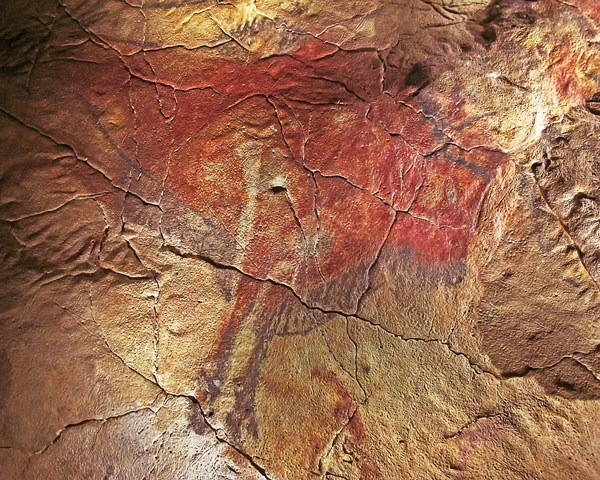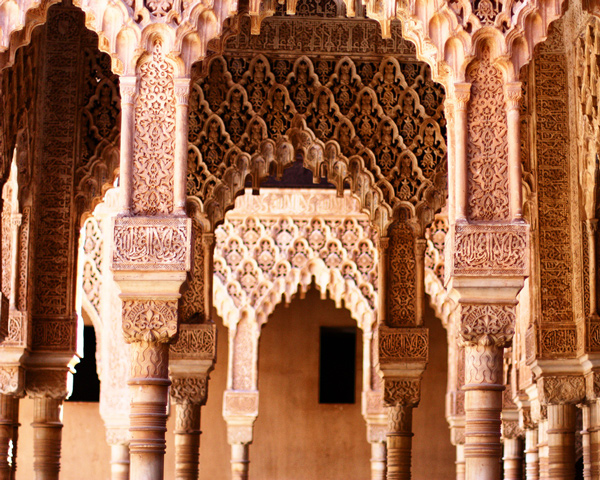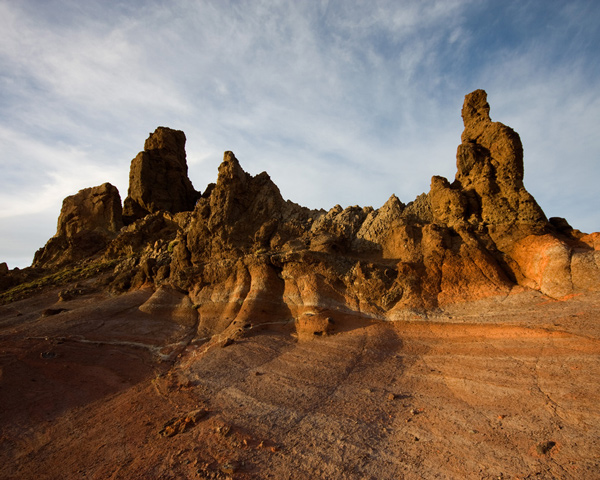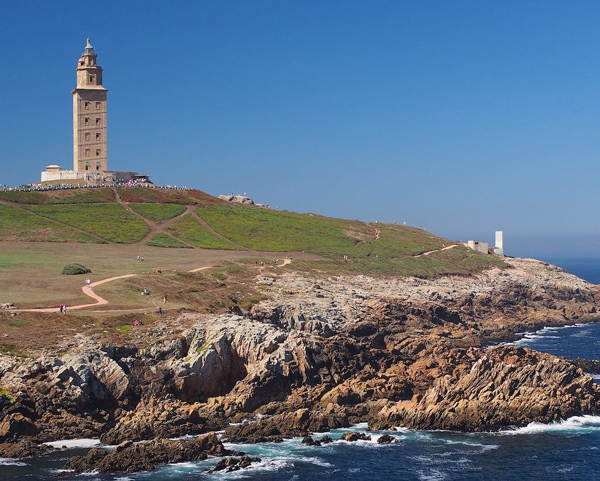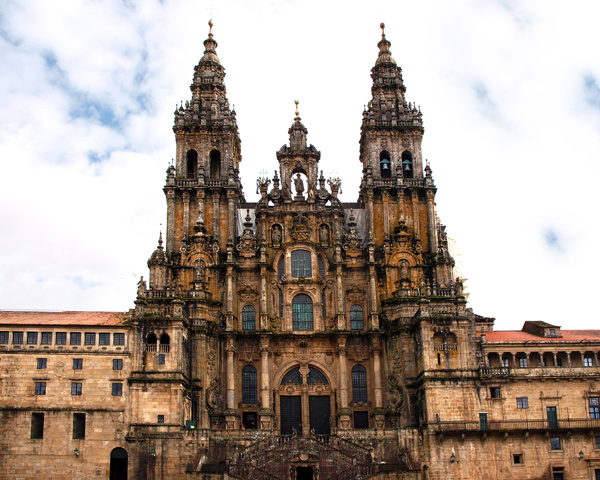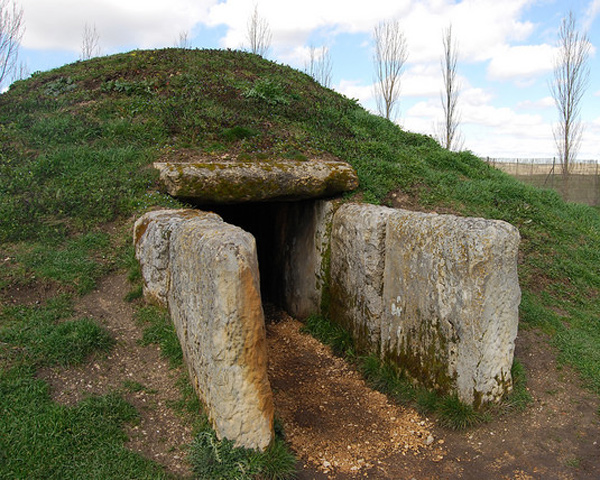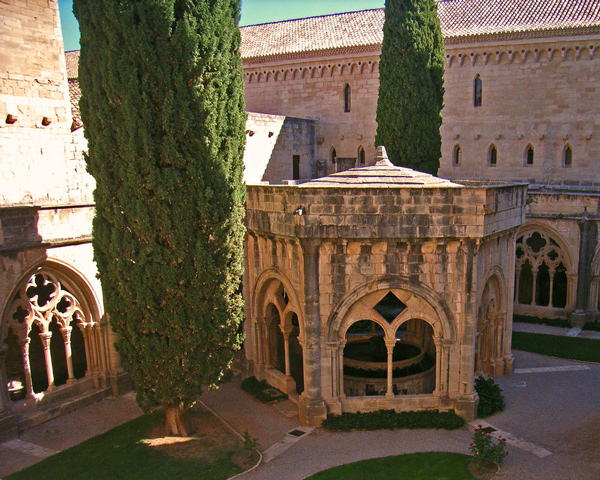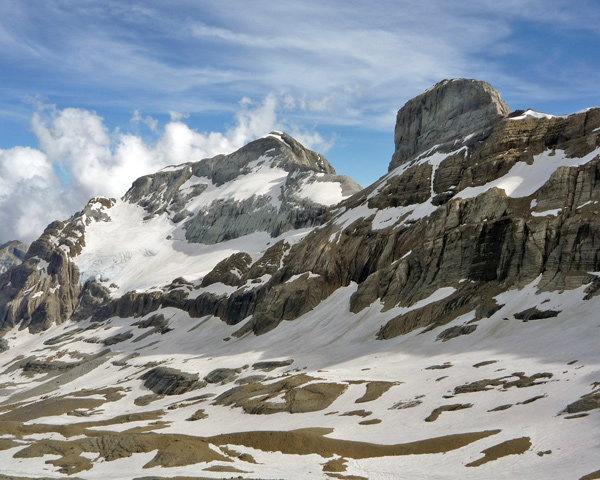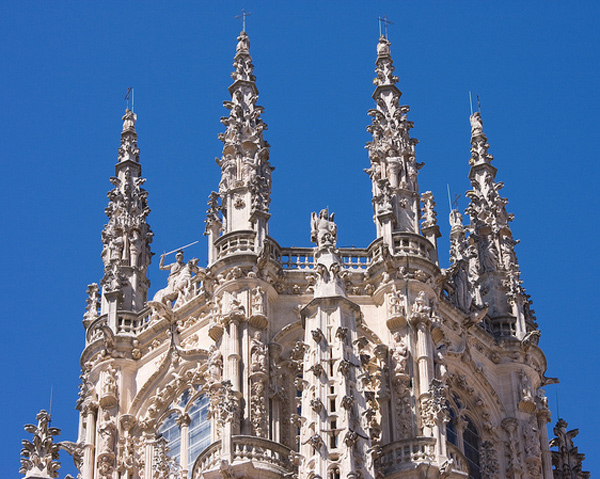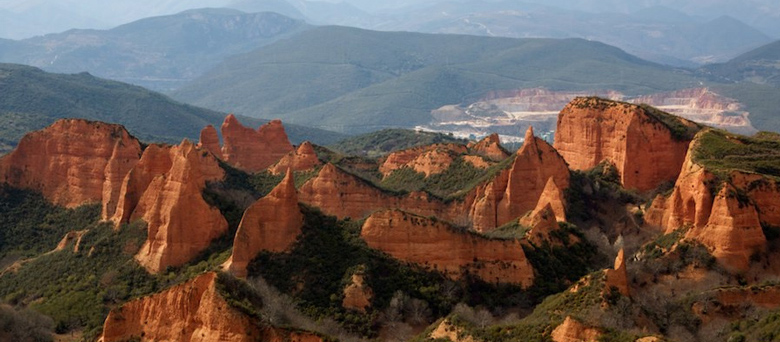
21 Dec World Heritage Sites in Spain
A great place to get vacation ideas from is the UNESCO World Heritage List. It lists wonderful places where you can experience the culture, history or nature of the local area. The World Heritage List of UNESCO is intended to protect the world’s unique cultural and natural heritage, and sites that are added to it a carefully considered. Places that have made it to the list are all special, and worthy of being conserved for all the coming generations to experience.
Spain has the third most UNESCO World Heritage Sites in the world, after Italy and China.

Teide National Park
Pico del Teide is a volcano located in Gran Canaria of Tenerife. It is highest tip of Spain and rises 3718 metres above sealine. It belongs to Parque Nacional del Teide -national park. It is one of the most popular traveling sights of Gran Canaria. Picture:cc/El Coleccionista de Instantes Fotografía & Video

